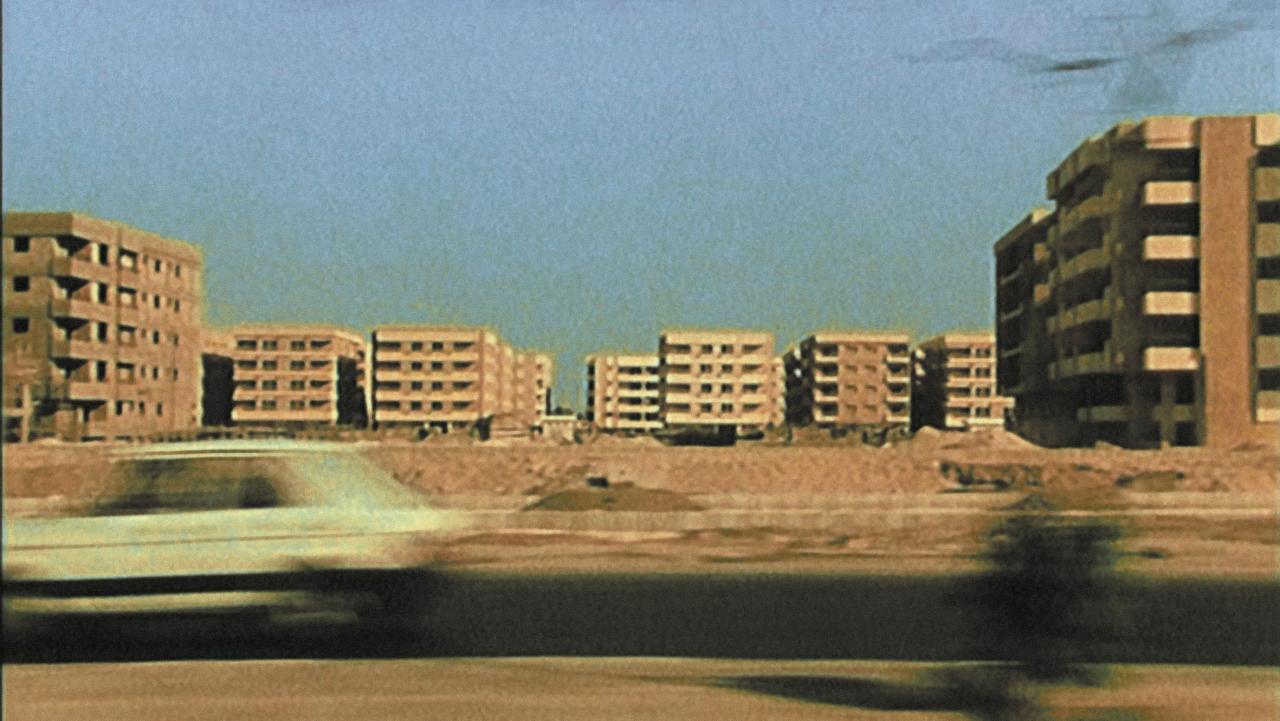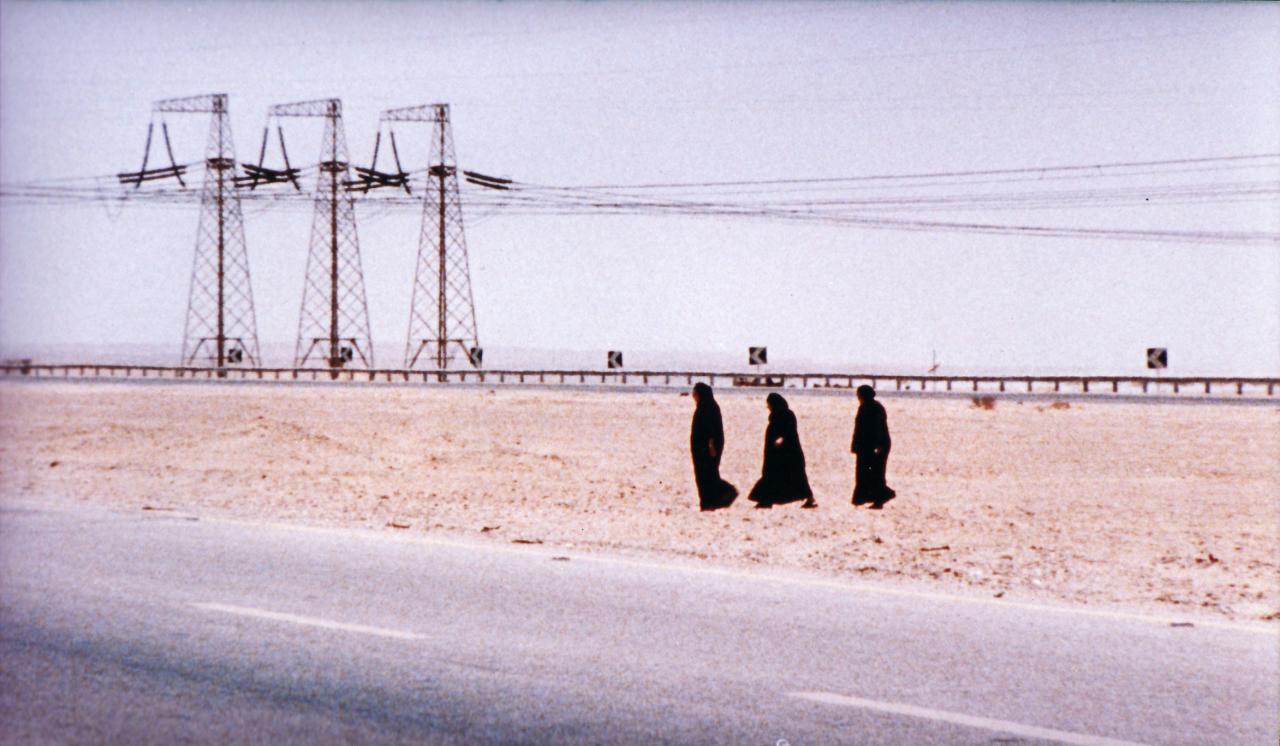A FLEETING PASSAGE TO THE ORIENT
The filmmaker decides to trace the travels of Empress Elisabeth of Austria to the Orient, even though the results were uncertain. With great openness, she embarks on a journey, running the risk of perhaps discovering nothing at all: no clues to the real figure behind the fairytale princess, no answer to the question of
how one deals with foreign countries as a privileged traveller. As the first-person narrrator, the filmmaker thinks about images: forbidden, official, falsified and genuine, incidentally including in her reflections the problem of the tourist’s view of things, which not even she can escape. (Stefan Grissemann)
When the camera gazes from the deck of the ship towards the endless horizon of the Mediterranean, the picture of a woman who travelled restlessly across the world takes shape. Elisabeth, Empress of Austria, who gradually disappears out of the picture as it were: from the age of 30 she refused to be photographed any more.
The mystery of the story behind the (unknown) face has preoccupied Ruth Beckermann for years. What does one believe one sees in a face one does not know? Are all the associations that are communicated by the sight of an unknown simply projection? A photograph, which Beckermann presents right at the beginning of the film sets it off in this direction: it testifies to the Sovereign´s will to retain control of her own image, to manipulate and maintain the (youthful) image that the public had of her. The filmmaker decides to trace Sisi´s travels to the Orient, even though the results were uncertain. (Stefan Grissemann)
EIN FLÜCHTIGER ZUG NACH DEM ORIENT
1999
Austria
82 min
Documentary, Essay
German
English Version



